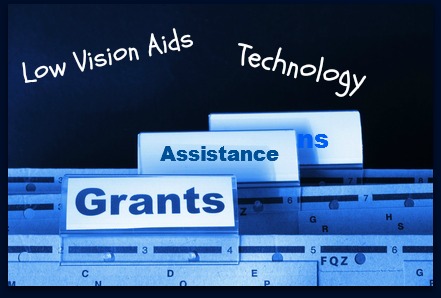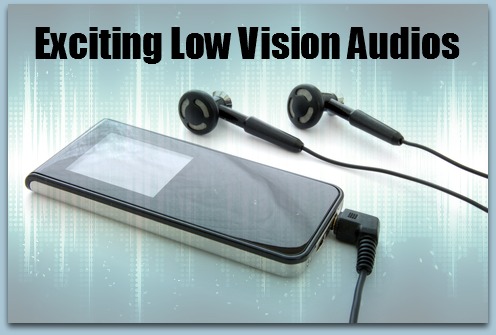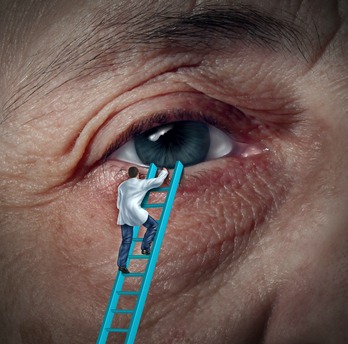Diabetic Retinopathy Stages

Diabetic Retinopathy Stages
Diabetic retinopathy stages are a type of eye disease. It is the more common type of eye disease for people with diabetes, and it can cause severe vision loss if it is not caught early. In fact, retinopathy is the leading cause of blindness among adults in the United States. For most people, they do not catch the degeneration until the disease has advanced into the further stages.
What are the Diabetic Retinopathy Stages?
There are four diabetic retinopathy stages. These include:
- Mild Nonproliferative Retinopathy – This is the earliest stage of the disease and involves blocked blood vessels near the eye. Swelling occurs in these vessels, causing the blockage. Most patients don’t recognize there is anything wrong at this stage.
- Moderate Nonproliferative Retinopathy – This stage occurs as the diseases progresses and blood vessels become blocked.
- Severe Nonproliferative retinopathy – During this stage a good majority of blood vessels are now blocked, depriving the eye tissue of blood. The signals from the retina are send to the body to start growing more blood vessels to nourish the eye.
- Proliferative Retinopathy – At this stage, the most advanced stage, the signals that were sent by the retina to the body trigger the growth of more blood vessels. The new blood vessels, however, are very fragile. While the blood vessels don’t cause any symptoms themselves, they create thin, fragile walls around themselves. As they leak blood, they cause blurred vision and vision loss.
Coping with Low Vision Because of Diabetic Retinopathy
Most patients don’t recognize the early signs of diabetic retinopathy. In fact, it isn’t until the later diabetic retinopathy stages that a patient becomes aware they have a vision problem. By this time, the vision loss is usually permanent. While having low vision can decrease your ability to function, there are still technologies out there that can help you see and function just as if you had full vision.
Use Magnifiers
Magnifiers help you see print (such as a magazine, book or newspaper) clearly, make text on computer screens easier to read and even help you read your phone’s text messages.
Use Label Readers
If you’re at the store, but not sure what you’re looking at, there are label reading apps that help you identify foods. This is important not only for nutrition, but to make sure you’re buying the right product size, color, etc. AudioLabels, for example, is a smartphone app that reads the products barcode or QR code and relays the information via VoiceOver technology. It can read the product specifications aloud so you know what you are looking at.
You can get the paid version of AudioLabels through Low Vision Technologies. Low Vision Technologies offers people with low vision useful apps to help them function in everyday life without sacrifice. Try AudioLabels today and see how it helps you shop better, buy what you’re looking for and even make sure you’re not ingesting anything toxic.
Macular Edema
A common condition that can happen during any one of the diabetic retinopathy stages is macular edema, where fluid flows into the center of the macula.
The macula is responsible for focused, straight-ahead vision. This leaking of fluid and the resulting swelling causes the retina to alter its position. This, in turn, causes blurred vision.
Diabetes
There are over 21 million people in the United States alone with diabetes, where blood has dangerously high levels of glucose (sugar). The two types of diabetes are type 1 and type 2. Type 2 is the more common form.
For those with type 1, mild retina abnormalities start to occur about 7 years after the development of diabetes. It then can take a very long time before any damage that causes vision loss is developed.
On the other hand, retinopathy may be present at the time of type 2 diabetes diagnosis. The reason for this is that type 2 comes on in a more gradual manner and these retina changes have happened prior to the diagnosis.
Technological Solutions to Vision Loss
While I don’t personally suffer from diabetes, I have lived with low vision for over 25 years as a result of a rare genetic form of macular degeneration called Angioid streaks.
My vision loss comes from tiny cracks in the retina’s lower layer called Bruch’s membrane. So, I understand your low vision needs, fears, emotions, and need for solutions.
If you’d like to know more about all the fantastic technological advancements that help those of us with vision loss cope better, retain our independence and perform everyday tasks more easily, then I invite you to fill out the form below.
When you do, I’ll send you out some exciting info about low vision aids.
Get Exciting Low Vision Technological Secrets Sent To You...
Low Vision > Diabetic Eye Disease > Diabetic Retinopathy Stages
















